

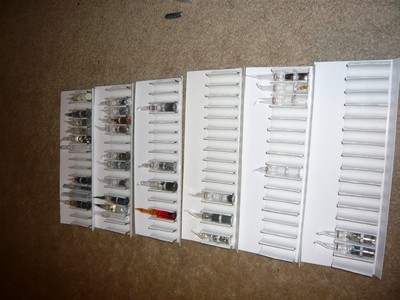
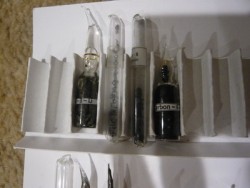
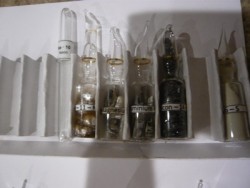
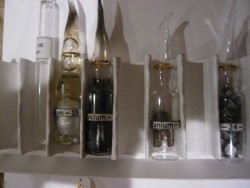
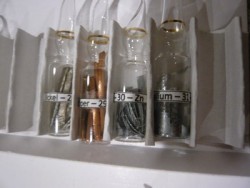
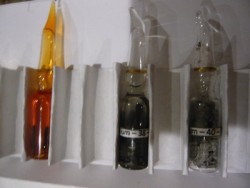

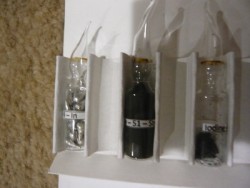
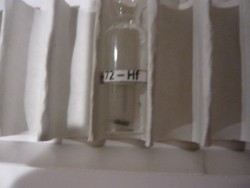
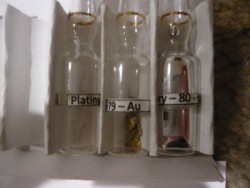
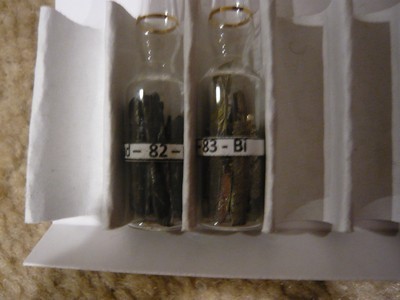
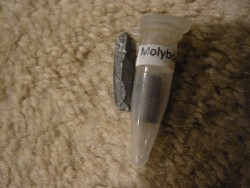
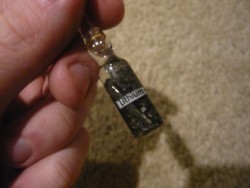
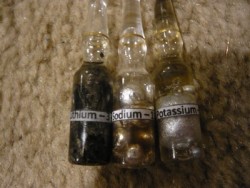

Quote: Originally posted by woelen  |

Quote: Originally posted by MrHomeScientist  |



 ...It was from my old chemistry
set that I got when I was like 5 or 6.
...It was from my old chemistry
set that I got when I was like 5 or 6.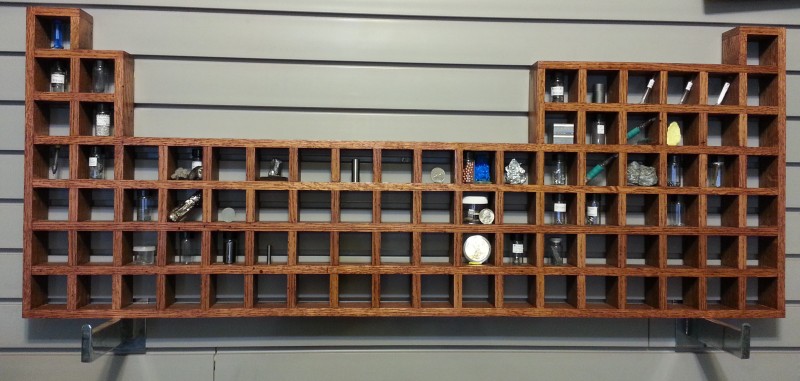
| Quote: |
Quote: Originally posted by zts16  |
Quote: Originally posted by bismuthate  |

Quote: Originally posted by elementcollector1  |
Quote: Originally posted by veganalchemist  |
Quote: Originally posted by Brain&Force  |
Quote: Originally posted by Polverone  |
Quote: Originally posted by Polverone  |
Quote: Originally posted by Mailinmypocket  |
Quote: Originally posted by careysub  |
Quote: Originally posted by Mailinmypocket  |
| Quote: |
| Quote: |
| Quote: |
Quote: Originally posted by Polverone  |